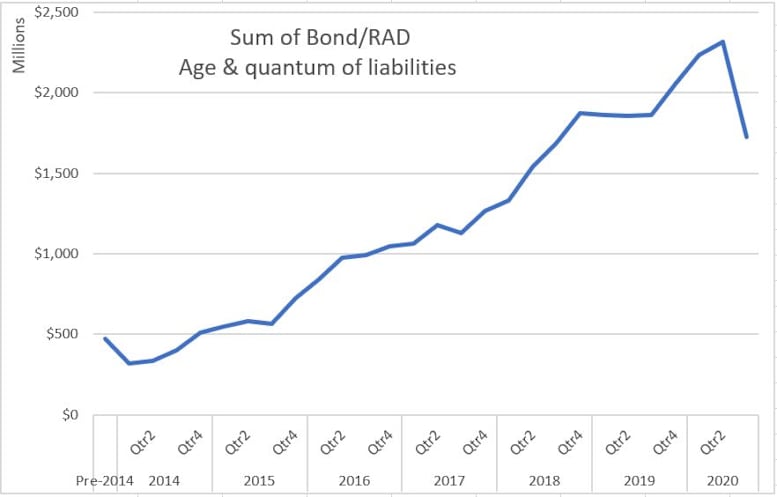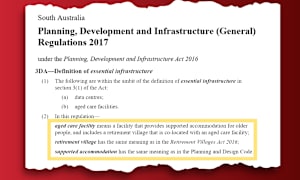The advisory service and online software platform supports 74,000 aged care beds across Australia – and their data is showing a dramatic drop in the number of residents paying RADs.
While admissions of permanent residents were steady in the third quarter of FY20 compared to the previous quarter, analysis of total RAD intake across 2,000 beds shows a significant decline of 26%.
Mirus says some of this discrepancy can be explained by the delay between the date of admission to when the RAD payment is transferred.
However, this delay is being exacerbated by downward pressure put on housing prices by the coronavirus pandemic has put as families hold out longer to sell the family home and default to a DAP in the interim.
There is also the fact that time spent in residential care is now at two-and-a-half years and falling steadily.
Mirus says that in comparing the second quarter of this year to the third, they say a “significant increase” in the average level of acuity for new admissions, which could also lead families to favour DAPs over a lump sum.
Families will be asking themselves: ‘if Mum or Dad will only be in care for nine months, is it worth selling the family home to pay a RAD when the home could increase $100,000 in value in that time?
The point is this: if the same number of residents are departing residential care, but the number coming in that are paying a RAD is falling, that is less cash for operators to refund RADs.
As we reported here, Ansell Strategic had warned at the end of March that RADs would be severely hit by the pandemic with a net $9 billion over the next nine months expected to leave operators’ purses – or $37 million a day.
They predicted insolvencies would begin this month.
Could this be the tipping point for some operators?










